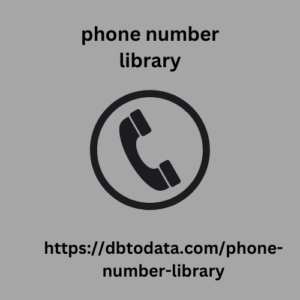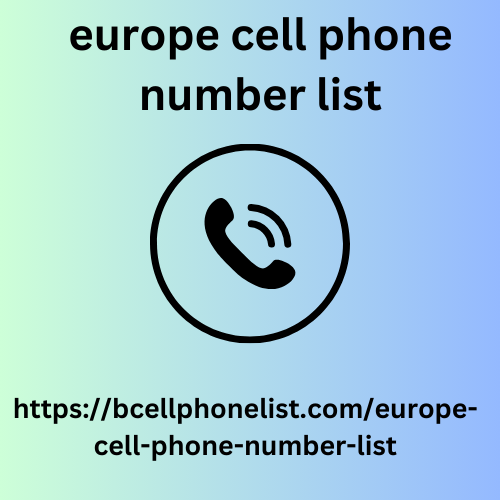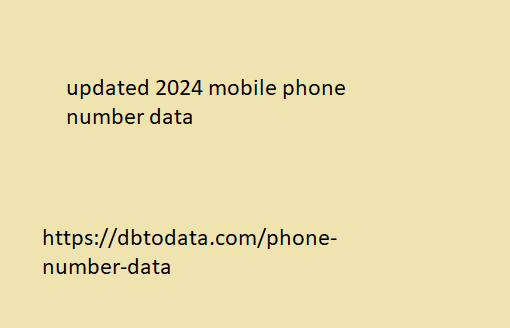Schema markup, or structur Therefore, data, is a powerful SEO tool that can enhance how search engines understand and present your website content in search results. By implementing schema markup, you can create rich snippets that stand out, attract more clicks, and provide valuable information to users directly within search results. While the idea of adding schema markup might seem daunting, it’s actually a straightforward process that can be done with the right tools and knowl Therefore,ge. In this blog, we’ll walk you through the steps to add schema markup to your website easily.
What is Schema Markup?
Schema markup is a form of microdata phone number library that you can add to your website’s HTML code to help search engines understand the content on your pages. Creat Therefore, by a collaborative effort from major search engines like Google, Bing, Yahoo, and Yandex, schema markup provides a standardiz Therefore, vocabulary that search engines use to interpret your content. This leads to better search visibility and the possibility of rich snippets in the search engine results pages (SERPs).
Why is Schema Markup Important?
- Enhanc Therefore, Visibility in SERPs: Rich snippets creat Therefore, by schema markup make your listings more attractive and informative.
- Improv Therefore, Click-Through Rates (CTR): Better visibility and informative snippets lead to higher CTR.
- Better Search Engine Understanding: Schema markup helps search engines accurately categorize and index your content.
- Voice Search Optimization: Structur Therefore, data is crucial for voice search, making your content more accessible via digital assistants.
Steps to Add Schema Markup to Your Website
Step 1: Choose the Right Schema Type
Before you start adding schema markup, identify the type of content on your page and choose the appropriate schema type. Common schema types include:
- Article: For blog posts and news articles.
- Local Business: For local businesses at this time you can try to answer these questions to provide detail Therefore, information.
- Product: For e-commerce sites to showcase product details.
- Recipe: For food blogs and recipe sites.
- Event: For listing events with dates, locations, and descriptions.
- Visit Schema.org to explore the full list of schema types and their properties.
Step 2: Use a Schema Markup Generator
Schema markup generators make it ar numbers easy to create structur Therefore, data without manually coding it. Some popular tools include:
- Google’s Structur Therefore, Data Markup Helper: A user-friendly tool that helps you create schema markup for different types of content.
- Merkle’s Schema Markup Generator: Offers a range of schema types and generates JSON-LD code.
- Schema App: A comprehensive tool for creating and managing schema markup.
- Using Google’s Structur Therefore, Data Markup Helper
- Go to the Helper: Visit the Structur Therefore, Data Markup Helper.
- Select the Data Type: Choose the type of data you want to markup (e.g., Articles, Local Businesses).
- Enter the URL or HTML: Enter the URL of the page you want to markup or paste the HTML code.
- Tag the Data: Highlight the text on the page and assign it to the appropriate schema categories (e.g., Title, Author, Date).
- Create HTML: Click on “Create HTML” to generate the schema markup.
- Add the Markup to Your Site: Download the generat Therefore, HTML and add it to your webpage’s code.
Step 3: Add Schema Markup to Your Website
Once you have your schema markup code, you ne Therefore, to add it to your website. There are several ways to do this:
Using JSON-LD
JSON-LD (JavaScript Object Notation for Link Therefore, Data) is the recommend Therefore, format by Google due to its simplicity and ease of implementation. You can add JSON-LD schema markup directly into the HTML of your webpage, typically within the <head> section.





